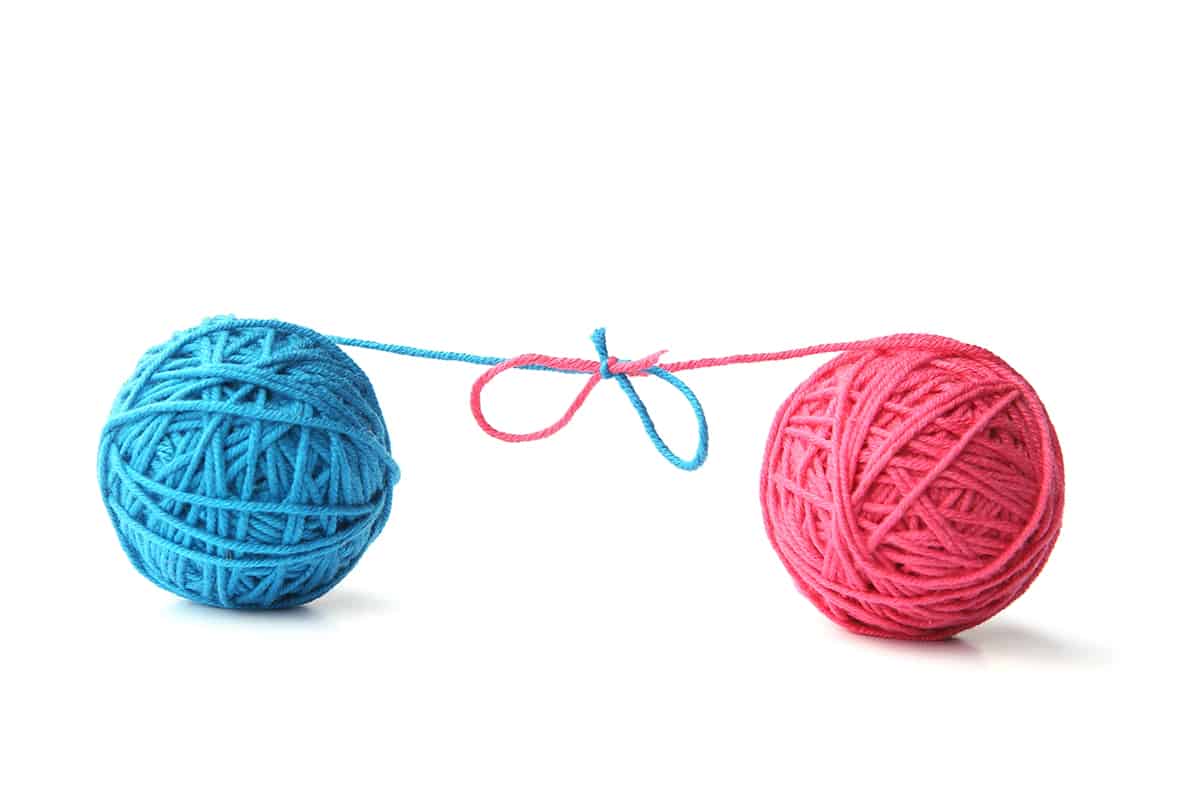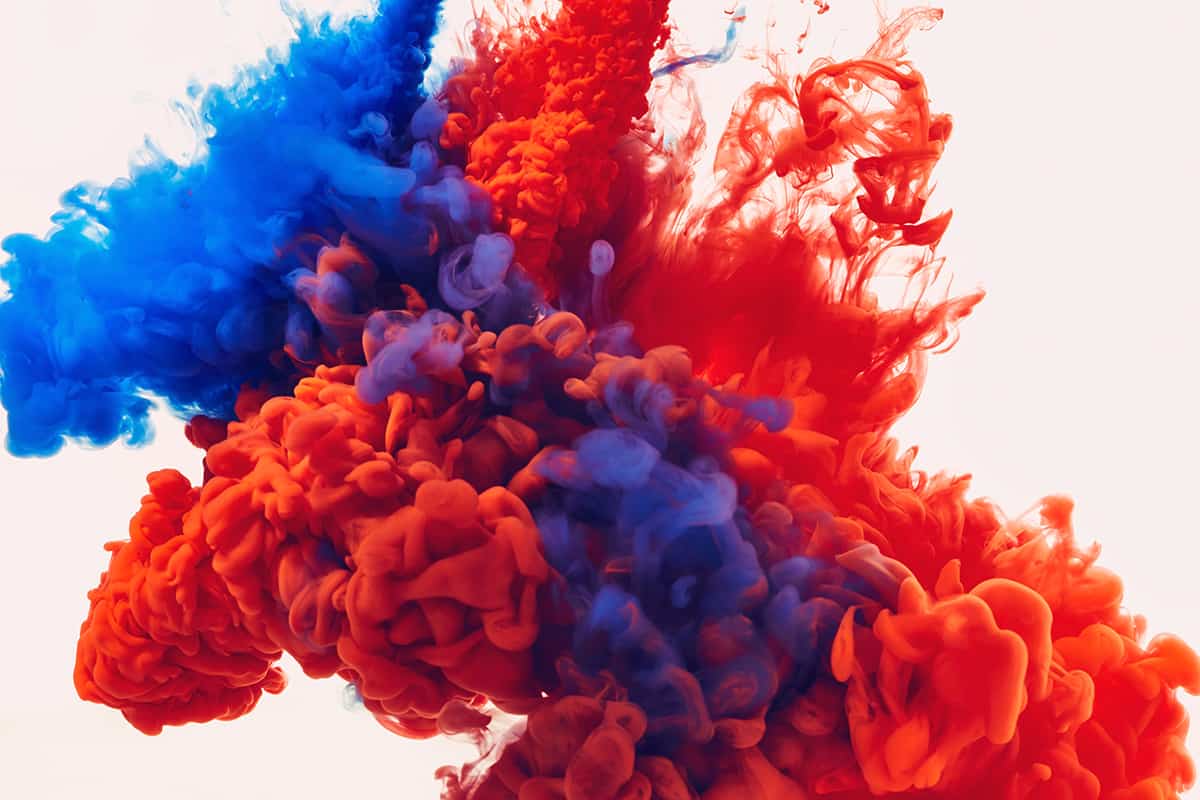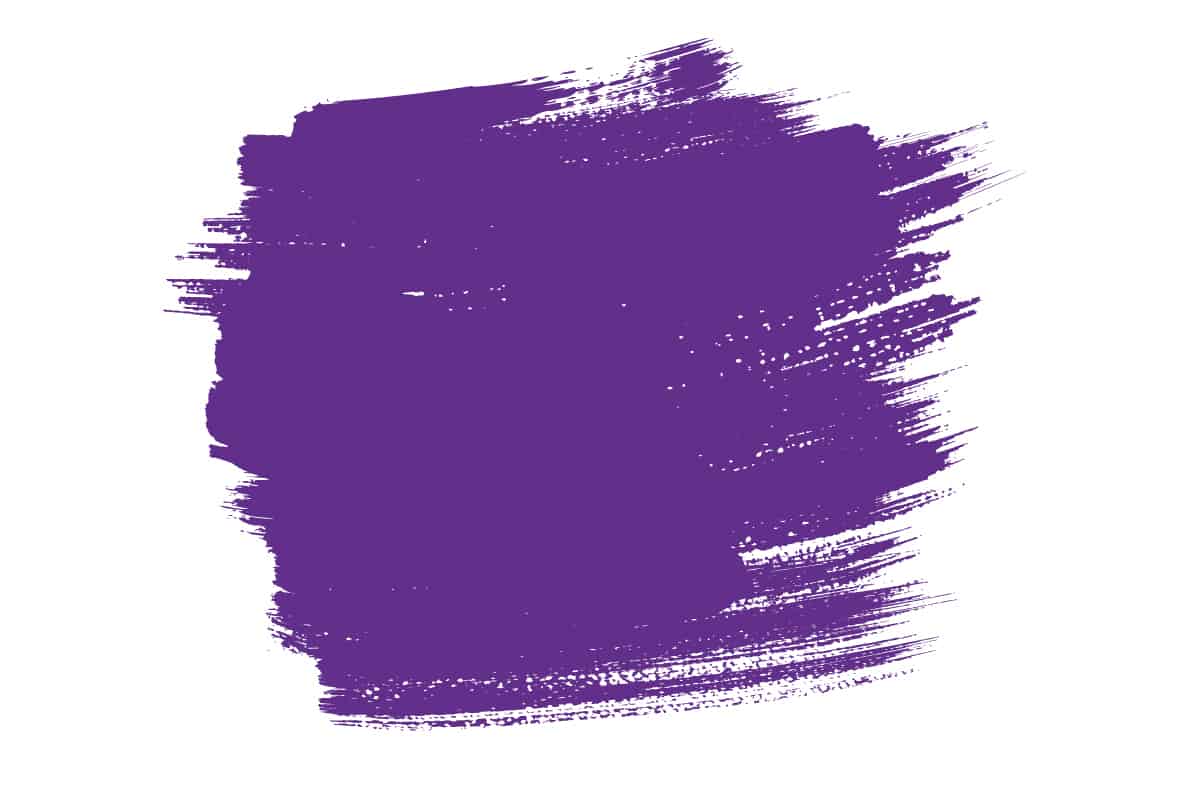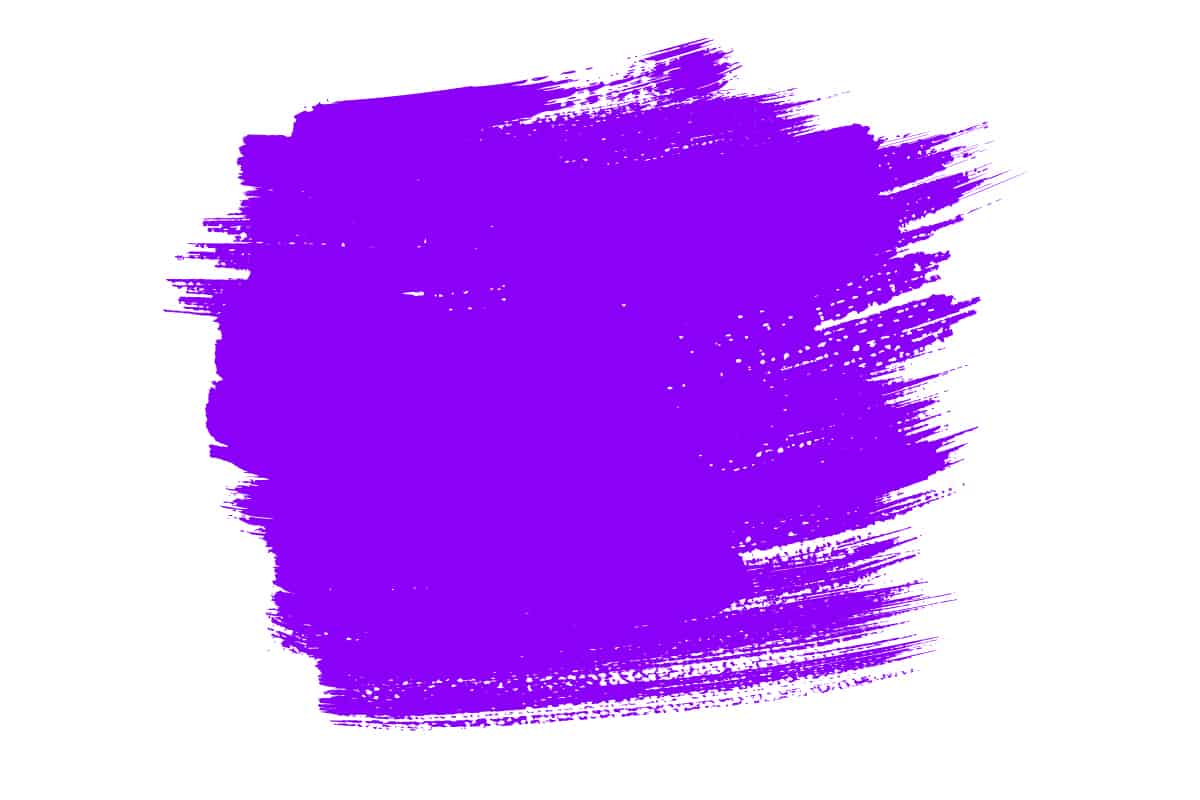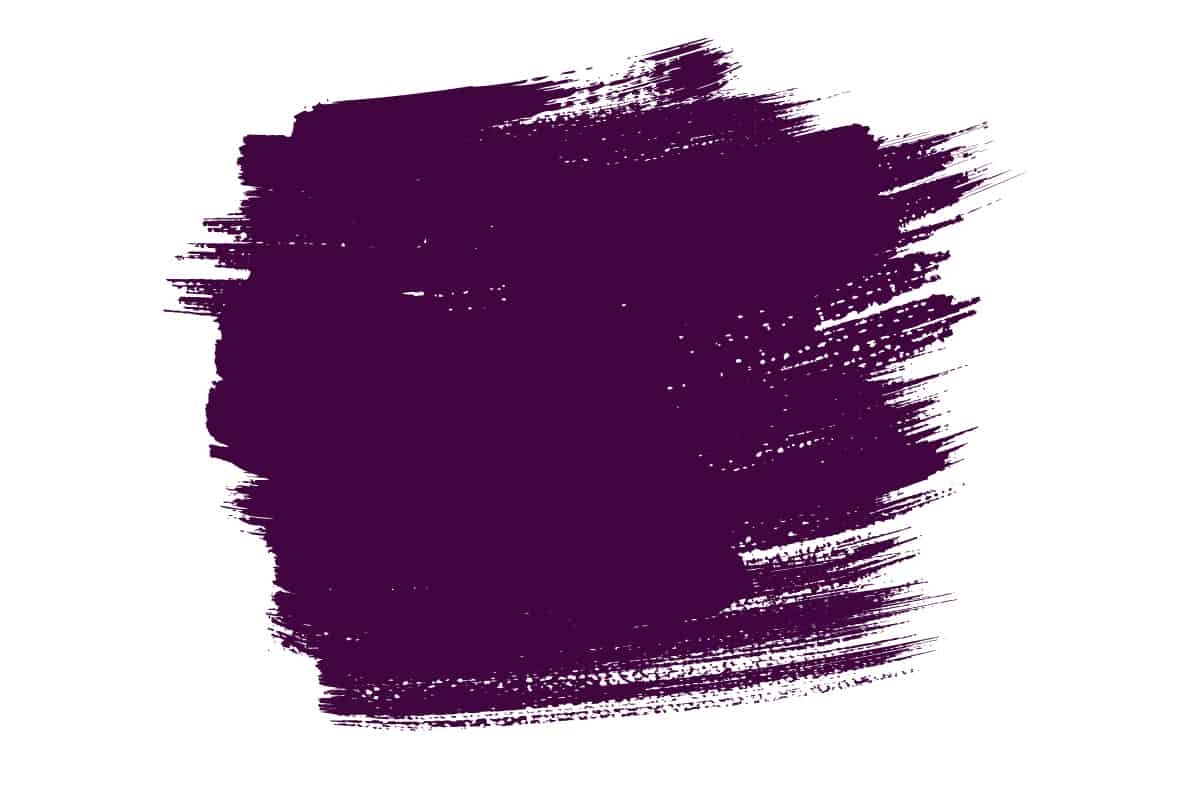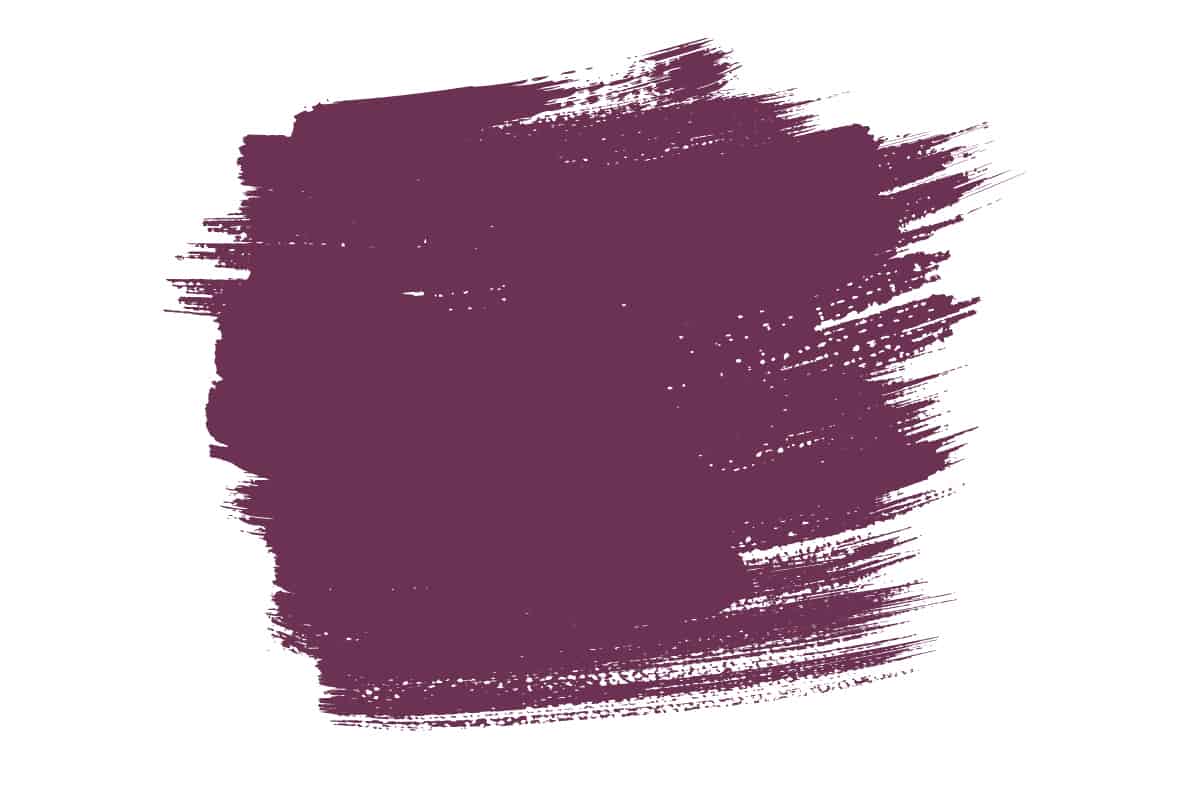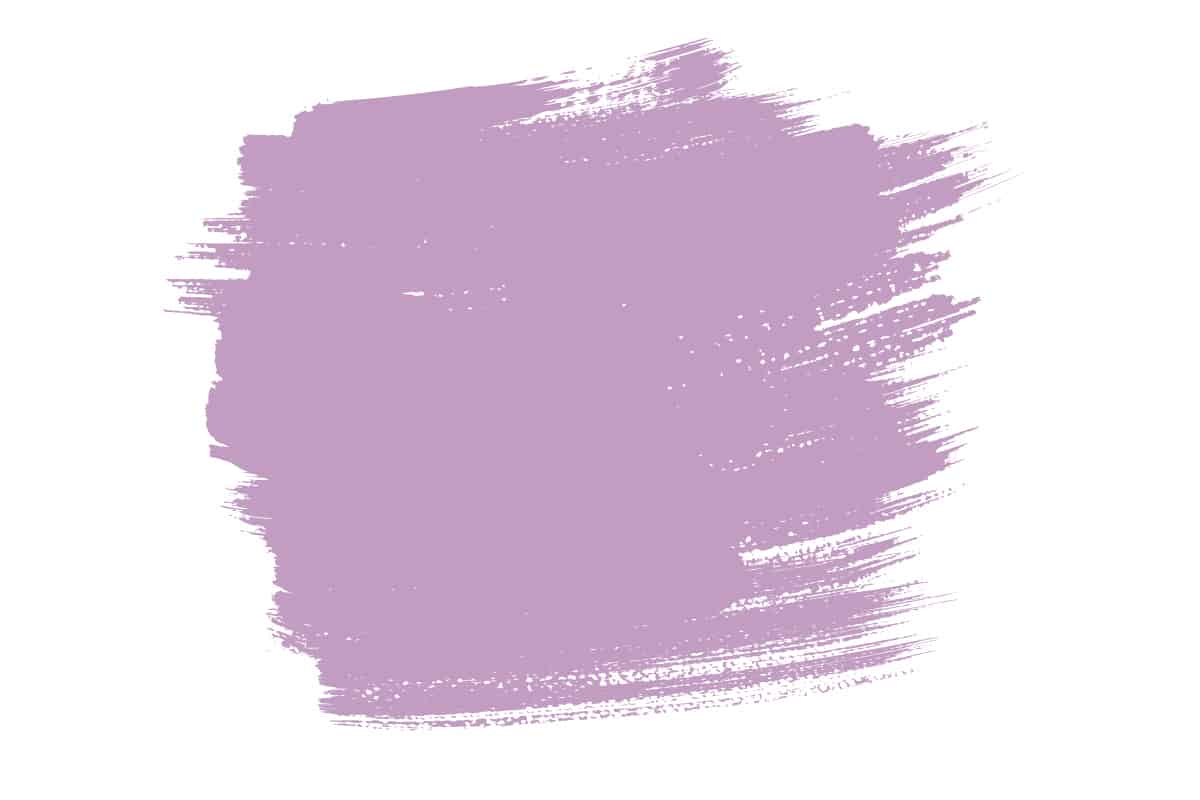Red and blue are both primary colors, and these form the basis of many color combinations to create secondary and tertiary colors.
When red and blue are mixed in even proportions, they will make violet. If you alter the percentages of red and blue in the mixture, then the final color will still be a shade of purple, but it will either be a cooler or warmer shade depending on the amount of red and blue in the mix.
Here we explore the different types of purple you can make with red and blue and the atmosphere various purple paints can create.
Do Red and Blue Make Purple?
Red and blue will make purple when they are mixed together. For the most even, true shade of purple, the proportions of red and blue will need to be equal. This means creating a mix that is one part red to one part blue. The shades of red and blue you start off with will also impact the resulting color.
For a true purple result, the red and blue paints both need to be true primary shades. Using variations of these, such as dark red with aqua blue, will give variable results, and the purple paint you end up with could be closer to magenta, plum, mauve, or eggplant.
Purple is a secondary color, and all secondary colors are created by mixing two primary colors. Red and blue are both primary colors, and it is these two which are required to create purple. Purple can then be mixed with other primary or secondary colors to make tertiary colors.
Making Different Types of Purple Paint
If you have primary red and blue, you can make true purple or violet. But these are not the only colors you can make. Using primary red and blue, you can also make colors that are closer to pink or a cool blue-hued purple. If you have different variations of red and purple paint, you could also end up with a wide variety of different purple paint colors. Adding white or black to the mix will allow you to make these paler or darker.
True Purple
True purple is the shade of purple that you would see on a standard color wheel. It is of medium brightness and intensity, and it has a cool hue despite being made up of equal parts blue and red. To make this shade of purple, you will need primary blue and primary red paint and mix them together with one part red to one part blue.
Violet
Violet is a bright shade of purple that has an even cooler energy than true purple. It is made up of just primary red and primary blue, but the proportions will be altered so that violet comprises more blue than red. When creating a violet paint color you will need to mix two parts blue with one part red.
Aubergine/Eggplant
Aubergine is a dark shade of purple named after the skin of the aubergine vegetable. This vegetable also goes by the name of ‘eggplant’, and this color is accordingly also called eggplant in some regions. The dark shade of aubergine has a higher proportion of red than blue, and yet it remains a cool color. To create an aubergine paint, you will need to make a mix of red and blue, which is approximately 55% red and 45% blue.
This will give you a color similar to a dark red wine, and you will next need to add a drop of black to darken it up. Add the black in tiny amounts and give the paint a mix to see the results before deciding whether or not to add more black.
Once black has been added, it’s very difficult to get back to the color you had before. Another way to make aubergine paint is to start with red and blue paints, which are not primary versions of these colors. A navy blue mixed with red can also give you an aubergine color.
Plum
Plum has a slightly reddish tinge, so it’s no surprise that this warming shade of purple has more red than blue in its makeup. To create this color from primary red and blue, mix two parts, red to one part blue. For a darker shade of plum, add a drop of black.
Lavender
For a lavender paint, you’re going to need to lighten up your purple, which of course, means adding in some white. Lavender has a slightly blue hue, so create a mix using a higher proportion of blue than red. Around one and a half parts blue to one part red should world well.
Next, slowly add drops of white paint and mix in fully to see how this transforms the color. Lavender is a softer shade of purple than true purple, but it isn’t completely pastel. If you add too much white and get a color that is too pale, just add in a little more red and blue to brighten it back up. For a dusky lavender color, add a touch of gray.
Lilac
Lilac is a pastel shade of purple which requires the addition of white. First, use an equal mixture of red and blue to create purple, and then gradually add small amounts of white paint. Continue adding until you reach your desired shade of lilac.
The Meaning of the Color Purple
Purple has been used throughout history as a symbol of luxury and prestige, and as such, it is widely thought of as a royal color. This is because purple was once one of the most difficult colors of dye to produce, and therefore it carried a hefty price tag. This meant that only the wealthiest people, such as aristocrats and nobility, were able to afford purple cloaks.
The idea of purple being a regal color continues today, and it can be used in interior design to create a sense of luxury and sophistication. Purple is also thought of as a feminine color, so it makes a good alternative to pink when decorating a female-inspired space. Purple is also deemed to be an inspirational color that can help to spark imagination and creativity, and therefore it works well in office spaces.
Can Red and Blue Make Pink?
Pink is usually made by mixing red with white, but you can also make pink using red and blue. If you have primary red and primary blue, mix these with a higher proportion of red than blue, such as three parts red to one part blue. Alternatively, start with a pot of red paint and add drops of blue until you start to recognize a shade of pink emerging.
The pink you can achieve using primary red and blue will be most like magenta, so it will have a purplish tinge rather than being true pink. If you have other types of red and blue shades, these can be used to create other types of pinks. For example, red mixed with a pale blue-gray will give you a dusky blush pink. Dark red mixed with greenish-blue paint will give you a pinkish-mauve color.
